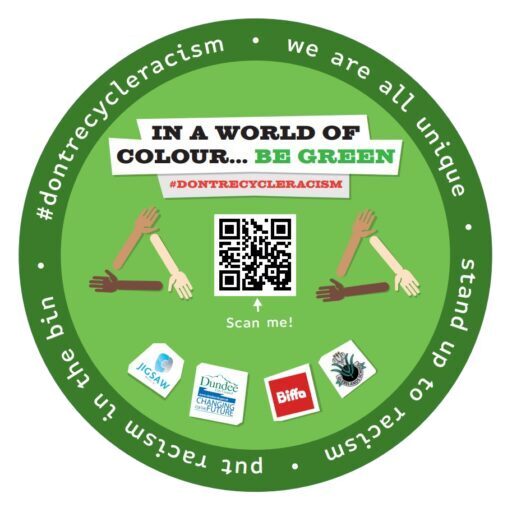Racism, also called racialism, is the belief that humans may be divided into separate and exclusive biological entities called “races”; that there is a causal link between inherited physical traits and traits of personality, intellect, morality, and other cultural and behavioral features; and that some races are innately superior to others. The term is also applied to political, economic, or legal institutions and systems that engage in or perpetuate discrimination on the basis of race or otherwise reinforce racial inequalities in wealth and income, education, health care, civil rights, and other areas. Such institutional, structural, or systemic racism became a particular focus of scholarly investigation in the 1980s with the emergence of critical race theory, an offshoot of the critical legal studies movement. Since the late 20th century the notion of biological race has been recognized as a cultural invention, entirely without scientific basis.
The legacy of the transatlantic slave trade still lives on. It began in the 15th century and only ended in the 19th. Even today, the descendants of slaves deal with horrific racism. This led to the rise of the Black Lives Matter movement in the US. Nothing in human history compares with the slave trade’s magnitude, cruelty or sustained brutality.
Slavery was not a new institution in the 15th century. It was invented even before the Middle Ages. In ancient times, the losing side in war was often enslaved and made to pay for its misfortune with servitude. Slavery was common in the Roman world. In the 10th century, the Vikings captured men and women in their raids and then sold them off in the slave markets along the Volga River and the Caspian Sea.













